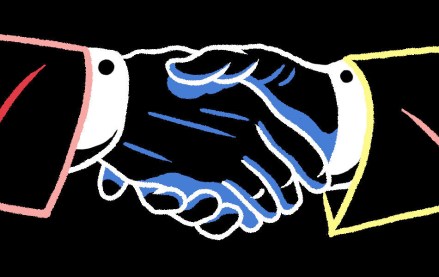Save 50% on a 3-month Digiday+ membership. Ends Dec 5.

Brands need to act faster than ever, but that doesn’t mean they can neglect the tried-and-true of slow-burn marketing.
Take Adobe. It devotes almost three quarters of its marketing spending to digital, but that doesn’t mean it’s neglected the need to focus on the long-term.
“To go on the offensive, to create value instead of protecting value, you need to adopt the three O’s mindset: open-minded, optimistic and opportunistic,” said Karl Isaac, director of brand strategy at Adobe, during Digiday’s recent Agency Innovation Camp.
Isaac compares this approach to the way fast-twitch and slow-twitch muscle groups operate. Fast-twitch stunts are real-time experiments that may not even work. “If it sucks, it’s over before you know it,” he said. As an example, Isaac pointed to Adobe’s Eames chair hackathon, which allowed creative voices to engage with the brand. The entire project only took Adobe around 10 days from conception to launch.
Slow-twitch marketing focuses on the big picture, and ultimately sets the structure for longer-term brand-development efforts, like Adobe’s “Metrics Not Myths” campaign to promote the rebrand of the Adobe Marketing Cloud product. The campaign, while funny and provocative, also drew upon data and analysis to support its claims and focused on how the product would appeal to marketers.
For Isaac, brands need to intertwine both fast-twitch and slow-twitch mentalities in order to survive today.
See Isaac’s full presentation in the video below.
Case Study: Offensive Branding at Adobe from Digiday on Vimeo.
Image via Shutterstock
More in Marketing

Future of Marketing Briefing: The tells and flops that will define Omnicom-IPG mega holdco
The real story will sit in how this newly fused entity behaves — whether it breaks from the patterns that defined both parents or simply scales them.

In Graphic Detail: CMOs at a crossroads of power and proof
CMOs are closing out another year defined by churn and shifting ground.

As Black Friday nears, fake apologies from brands are all over Instagram
Brands have taken to social media in advance of Bliack Friday to ask followers for forgiveness. The catch: They’re apologizing for their products being too good.





